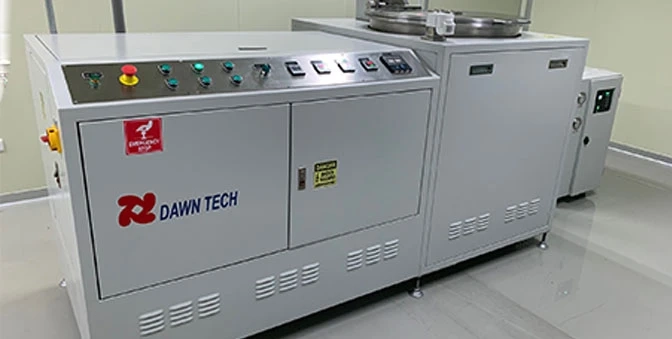Deciding on an ideal coating for engineering applications can be a challenging task. One needs to decide on chemical, process, mechanical and component compatibility. Some coatings don't work with certain applications. There are many different kinds of coatings available for a vast array of applications. In this article we will discuss benefits, characteristics and uses of Parylene Coating.
What is Parylene coating?
The name 'Parylene' refers to an array of polymer coatings that primarily act as moisture and dielectric barriers. These polymer coatings often have a polycrystalline or linear structure. The chemical structure of the polymers enables thin and uniform coatings. These coatings combine with the substrate at a molecular level. It means that the coating will be completely even and uniform across the entire substrate. It has been used on stents, heart pumps and various electrical components that are exposed to harsh environments like those in the automotive and aerospace industries.
Key features of Parylene Coating
Parylene conformal coating has revolutionised the way electric components, medical devices and other products are protected from external factors. These coatings provide a thin, uniform, and highly effective barrier against environmental factors. However, not all Parylene types are created equal. Each Parylene coating variant features unique properties that make it more suitable for specific applications.
Chemically & biologically inert – It allows parylene-coated components to be implanted with little risk of rejection or infection.
Transparent – Parylene is a transparent coating which makes it perfect for coating optical components
Stress-free – Due to the room-temperature coating process, it does not contain any internal/surface stresses.
Highly resistant to solvents – Parylene coating is highly resistant to solvents. It is typically damaged by solvents.
Relatively good thermal resistance – Parylene coating can withstand a consistent temperature of 80°C.
Hydrophobic: Water is actively repelled by a parylene coating, which poses a serious risk to electronic components.
Versatile - One of the noticeable things about parylene is its versatility. It sticks well to most kinds of surfaces, such as paper, plastic, metal and ceramic. This makes it perfect for a wide range of applications from smartwatches to airplane parts, and from implantable medical devices to car sensors.
Outstanding electrical qualities: Parylene is a non-conductive coating with a very high dielectric of 5 kV per 0.025 mm.
Types of Parylene
Parylene coating providers usually offer varied types of Parylene coating based on application requirements
Parylene C - Parylene C is usually the most prevalent. It is made up of carbon, hydrogen, and one chlorine atom.
Parylene N - Parylene N is usually considered a basic type of coating, as there are many applications of the product. It has a melting point of 420°C (or 788°F), with a unique vacuum stability. It is also popularly used in applications of high frequency.
Parylene D: Parylene C and D have many common features. However, Parylene D has a slightly higher temperature tolerance than Parylene C. It also provides reliable assembly protection at 100°C (commonly known as the point at which water boils) in oxygen-dominated areas.
The Future of Surface Protection
Parylene conformal coatings have revolutionised the protection of electronic components, medical devices, and various other applications requiring a thin, uniform, and highly effective barrier against environmental factors. As devices become smaller and more complex, the need for ultra-thin yet highly effective coatings will only grow. Parylene technology provides a perfect balance of protection, flexibility, and performance. While nano coating methods have been constantly evolving, Parylene coating has remained unmatched in its ability to deliver high-purity surface protection.



